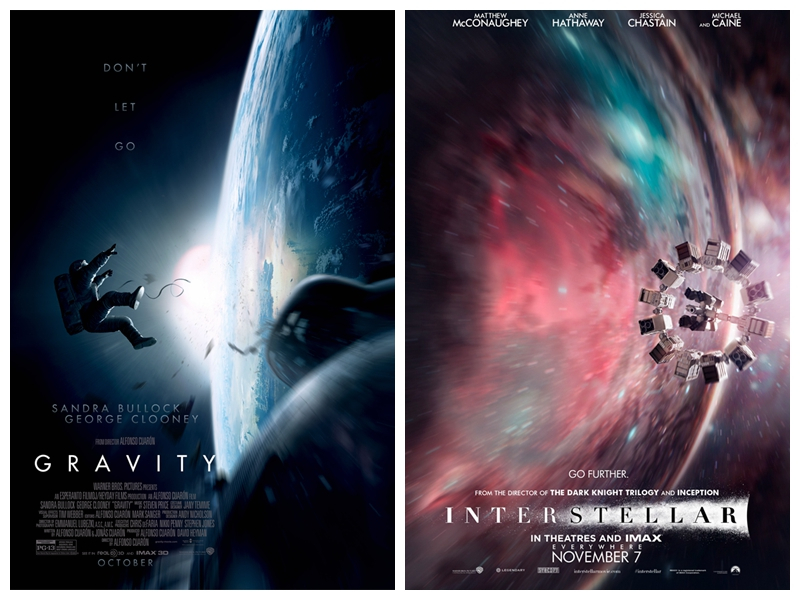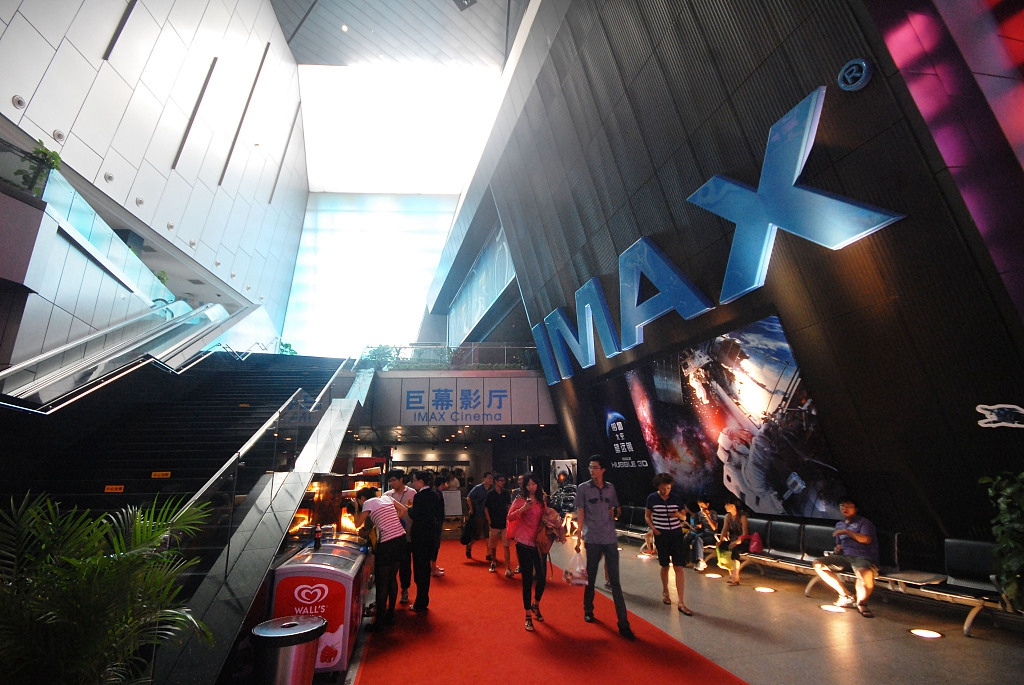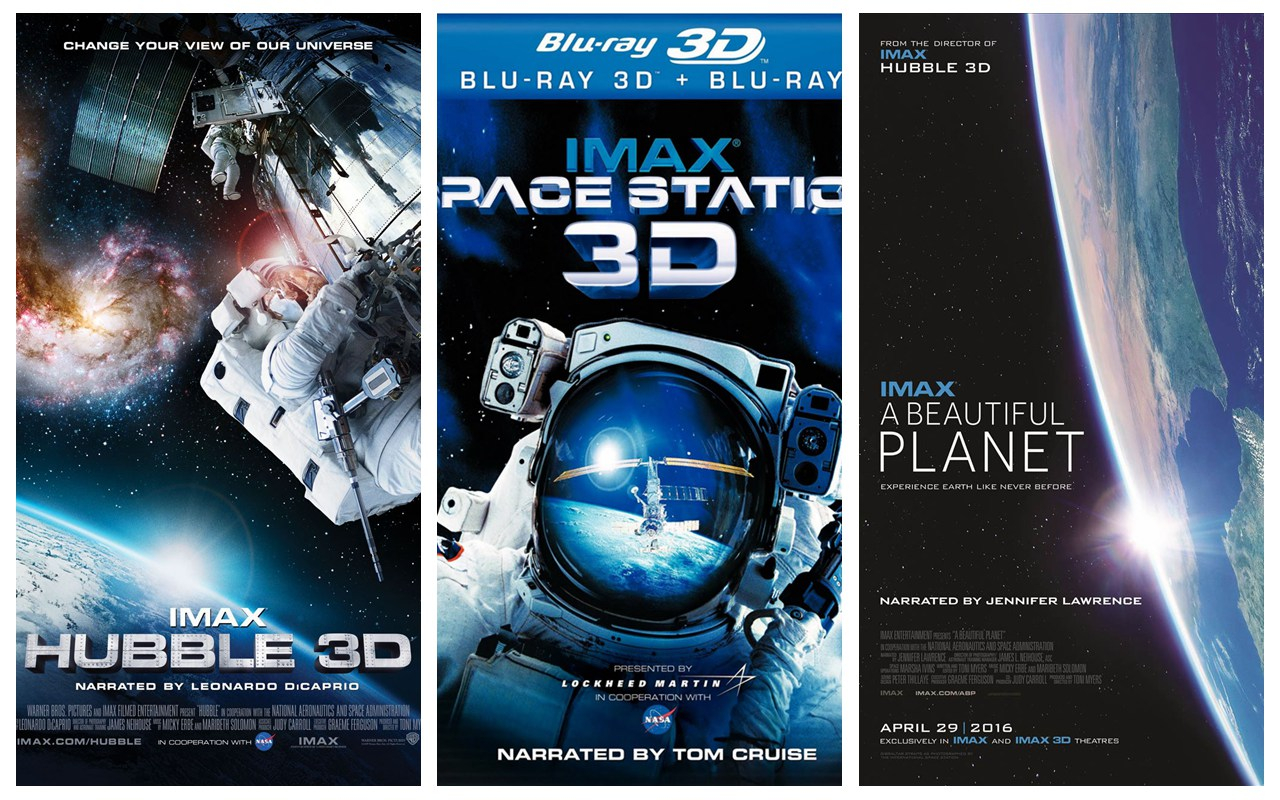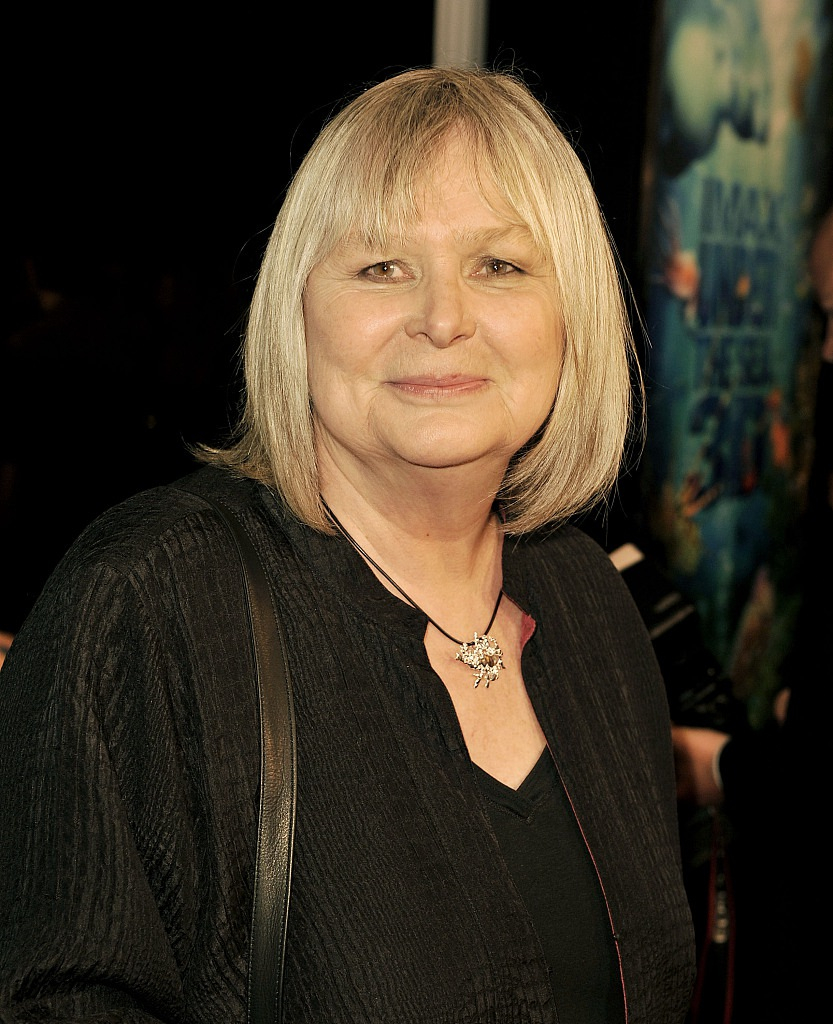
Movie/TV
15:04, 09-Jun-2019
Beyond Terminology: IMAX, more than 26-percent bigger
By Ai Yan

With the tickets booking launched on Saturday, the screening of the 22nd Shanghai International Film Festival is about to begin. Among all the 500 films to be screened in 47 cinemas across Shanghai, moviegoers who look for stunning visual effects could always expect some surprises from the IMAX screening category.
If you are a film enthusiast, you must be familiar with IMAX cinemas, and the thrilling moments of having monsters jumping out of the huge screen, or explosions occurring in front of your face.
With a 26-percent bigger screen than regular cinemas, IMAX claims they can enlarge your experience during the one or two hours of film watching and give you a more immersive enjoyment.
Before learning about what films we could expect at this year's SIFF, let's stop for a moment, and explore a bit deeper into the terminology and the ensuing digits that define it.

Posters of the movies "Gravity" (L) and "Interstellar" (R). /Photo via Douban
Posters of the movies "Gravity" (L) and "Interstellar" (R). /Photo via Douban
A few facts about IMAX
Directly speaking, IMAX means bigger-than-standard screens with tall aspect ratio and steep stadium seating.
IMAX is the abbreviation for "Image Maximum." It is far more than just a screen. In fact, it is a complete system, with high-resolution cameras, film formats, film projectors and theaters.
A standard IMAX screen, first of all, has a width of 22 meters and a height of 16 meters. It features 70-millimeter films, which could provide a 10-times larger image than the 35-millimeter format. Meanwhile, it features a six-channel soundtrack system, providing all moviegoers with the same acoustic experience, no matter in which corner of the theater they are sitting.

The IMAX cinema at the China National Film Museum in Beijing, China. /VCG Photo
The IMAX cinema at the China National Film Museum in Beijing, China. /VCG Photo
The design of the theaters is different as well. All rows are within one screen height, and all seats are set at a steep angle so that everyone faces the screen directly.
All those design features serve only one purpose – to give the audience the most shocking visual effect. But the "3D," which usually appears together with IMAX in their ads, is a different concept. Only the combination of the two can provide a complete IMAX experience.
As of 2018, China has over 600 IMAX screens in more than 180 cities. The highest grossing IMAX film is "Avengers: Endgame," and the highest grossing Chinese film in the North America market is "The Wandering Earth."
What to expect at this year's SIFF
It is a tradition for the SIFF to screen a selected number of IMAX films. This year, under the category of "SIFF Vision" special screening, two classic space exploration sci-fi films have been brought back to Shanghai cinemas: "Gravity" by Alfonso Cuaron and "Interstellar" by Christopher Nolan.
Together with the two blockbusters, three science and educational films are to be screened, "Space Station," "Hubble," and "A Beautiful Planet," directed by Toni Myers, the woman behind the IMAX movies.
All three movies are notable because they were actually filmed in space, and by the astronauts. Myers's job, therefore, included to teach them how to use IMAX cameras for film shooting.

Posters of IMAX educational films by Toni Myers, (L-R) "Hubble 3D," "Space Station," and "A Beautiful Planet." /Photo via Douban.com
Posters of IMAX educational films by Toni Myers, (L-R) "Hubble 3D," "Space Station," and "A Beautiful Planet." /Photo via Douban.com
During her career, Myers trained more than 120 astronauts and inspired quite a number of young people to join the space exploration.
"Space Station" was the first IMAX 3D film to be shot in space, which recorded the living and working of 25 astronauts from 16 countries in the International Space Station (ISS) 220 miles (about 354 kilometers) away from earth. It grossed 120 million U.S. dollars around the globe when screened in 2002.
The 2010 IMAX 3D film "Hubble" documented the Space Shuttle mission in 2009 of seven astronauts repairing and upgrading the Hubble Space Telescope 580 kilometers away from earth.

A file photo of producer Toni Myers taken at the California Science Center IMAX Theater on February 5, 2009, in Los Angeles, California. /VCG Photo
A file photo of producer Toni Myers taken at the California Science Center IMAX Theater on February 5, 2009, in Los Angeles, California. /VCG Photo
With a number of images captured by the Hubble Space Telescope, the audiences have a rare opportunity to see the stunning view of the deep universe including the Andromeda Galaxy, Minkowski 2-9 Nebula, and Orion Nebula, which are beyond the imagination of any sci-fi works.
Myers died in February this year at the age of 75, and it is also a tribute to the woman behind the scenes in the space exploring genre and IMAX films development.
Cover image designed by Du Chenxin

SITEMAP
Copyright © 2018 CGTN. Beijing ICP prepared NO.16065310-3
Copyright © 2018 CGTN. Beijing ICP prepared NO.16065310-3